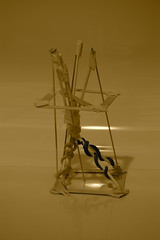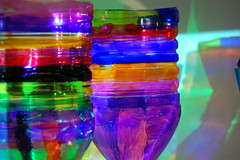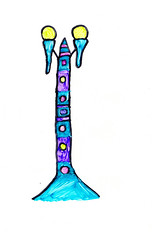For all 'Story Marker Seekers', the hidden word is CEASAROMAGUS.
If you managed to collect all 12 markers you would have ended in Hall Street in the Moulsham area of town. Nearly 2,000 years ago the Romans built a small town on the site of Moulsham. It was called Caesaromagus (Caesar's market place) and it was the local market town halfway between London and Colchester. In the 4th century Roman Civilisation declined and after the Romans left Britain in 407 this little Roman town disappeared. The modern town of Chelmsford was created in the Middle Ages.
Did you look around the corner of the building the last marker appears on? It has a blue plaque which says: "IN THIS BUILDING was established in 1899 the first Radio Factory in the world by the Wireless, Telegraph and Signal Co. Ltd. later known as "MARCONI'S WIRELESS TELEGRAPH CO. LTD"
To find out more about the Story Markers, the Springfield Time Travellers and the history of Chelmsford Please read through the blog - it will make more sense if you start from the bottom and work your way up!
If you didn't manage to find all 12 story makers, here is a map showing each marker in place.
If you managed to collect all 12 markers you would have ended in Hall Street in the Moulsham area of town. Nearly 2,000 years ago the Romans built a small town on the site of Moulsham. It was called Caesaromagus (Caesar's market place) and it was the local market town halfway between London and Colchester. In the 4th century Roman Civilisation declined and after the Romans left Britain in 407 this little Roman town disappeared. The modern town of Chelmsford was created in the Middle Ages.
Did you look around the corner of the building the last marker appears on? It has a blue plaque which says: "IN THIS BUILDING was established in 1899 the first Radio Factory in the world by the Wireless, Telegraph and Signal Co. Ltd. later known as "MARCONI'S WIRELESS TELEGRAPH CO. LTD"
To find out more about the Story Markers, the Springfield Time Travellers and the history of Chelmsford Please read through the blog - it will make more sense if you start from the bottom and work your way up!
If you didn't manage to find all 12 story makers, here is a map showing each marker in place.



















































